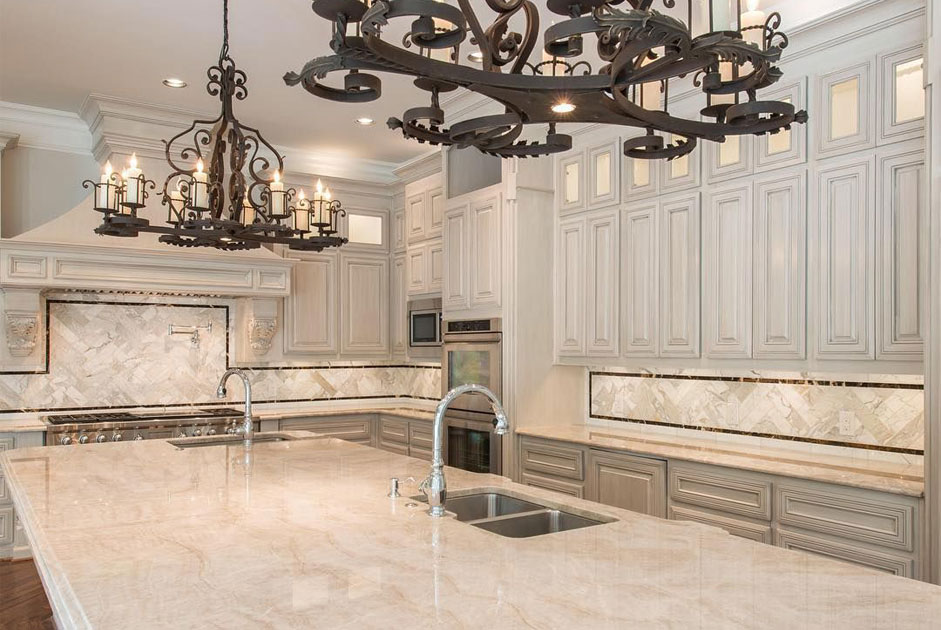“What-If?”, those worrisome words, can arrive quickly in the topics spinning in our conscious minds, from safety and financial security to loved ones and pet health. Asking, “What can I do?” leads to a proactive decision to invest time in the ultimate insurance policy: valuable life skills comprising security, shelter, food, water, and medical care! In any emergency, from extreme weather to a personal disaster, you have the power to take charge of your fate by making plans and taking action!
The Bowie knife, ranging in length from seven to nine inches, became a fixture of American Cutlery. One historian documented its description by writing, “It must be long enough to use as a sword, sharp enough to use as a razor, wide enough to use as a paddle, and heavy enough to use as a hatchet.” If you need a vivid picture, recall the knife wielded by Rambo and Crocodile Dundee. In our domestic world, we have many edged tools to separate matter, for example, slicing homemade bread, opening cardboard boxes, eliminating pine seedlings, or cutting various thicknesses of rope. Whether it has a penetrating blade tip, is partially serrated, has a straight or folding blade, the blade itself will have a distinct purpose. Beyond its sleek lines, shape, and size, the comfort in the grip and the weight is paramount. Professionals claim, “If it feels like a shoe that doesn’t fit, move on.”
Fixed Blades
The fixed blade should be constructed from one piece of steel, contain no moving parts, be deemed dependable, easy to clean, and ready for immediate use.
Additional attributes are:
- a leather sheath, including a snap or clip attachment.
- variations of “tang.” For instance, aspects of the steel may reveal the knife as having “partial” or “full-tang.” Rubber, Micarta, and textured handles provide a superior grip during inclement weather conditions. Wood and metal also are versatile in their aesthetics and durability.
- Steel requires a higher temperature to provide a much sharper, stronger, and endurable blade. For example, the Bowie or Combat Knife serve heavy-duty tasks. As the name implies, the Combat Knife has a single-edged, high carbon steel, straight blade with a clip point, allowing the user to thrust and slash, as field-tested and proven effective by the Marine Corps.
Folding Knives
A handy-dandy pocket knife has high expectations. It’s carried far from home for years and decades and sometimes passed along to a second or third generation. The most important trait is its practical size and comfortable grip.
Narrow your options:
- Wood and bone are popular choices; however, plastic, aluminum, stainless steel, carbon fiber, titanium, and synthetic materials like G-10 offer maximum durability!
- Would you prefer a one-handed locked system, termed “automatic,” or a “two-handed,” “manual,” or “semi-automatic” system?
- Terms like “frame lock”, “lock-back,” or “liner” may seem confusing. The best solution is to reach out to a friend and test the various types. You’ll soon discover which one best accommodates your needs and activities.
In terms of blades, just remember, a small blade serves light tasks. Medium to large blades are ideal for heavy-duty tasks.
Four Popular Folding Knives are:
- The Boot Knife: While the style or brand is inconsequential, the boot knife must clip to the upper shaft of a boot to deploy at a moment’s notice.
- The Rescue Knife: Another appropriate name is the “EMT knife,” because it’s a versatile survival tool carried by Emergency Service Personnel. It has a partly serrated blade with two vital accessories—a seatbelt cutter and a window breaker.
- The Flashlight Knife: As a must-have emergency tactical knife, the LED flashlight is a valuable accessory for any situation. In possessing a partially serrated single blade, it’s able to slash seatbelts and break glass.
- The Leatherman: In July 1983, the Leatherman Tool Group of Portland, Oregon, released an easily portable hand tool with multiple functions, improving the style, as some thought, of the Swiss Army knife. Instantly, it became one of the standard tools in back pockets and purses, glove compartments, and garages.
With more research and hands-on shopping, you’ll soon find the best knife to suit your needs and purpose!
NEXT MONTH: Self-Defense and Avoiding Conflict



















